Carburizing heat treatment infuses carbon into steel or iron surfaces at high temperatures, enhancing hardness and wear resistance while maintaining a tough, ductile core.
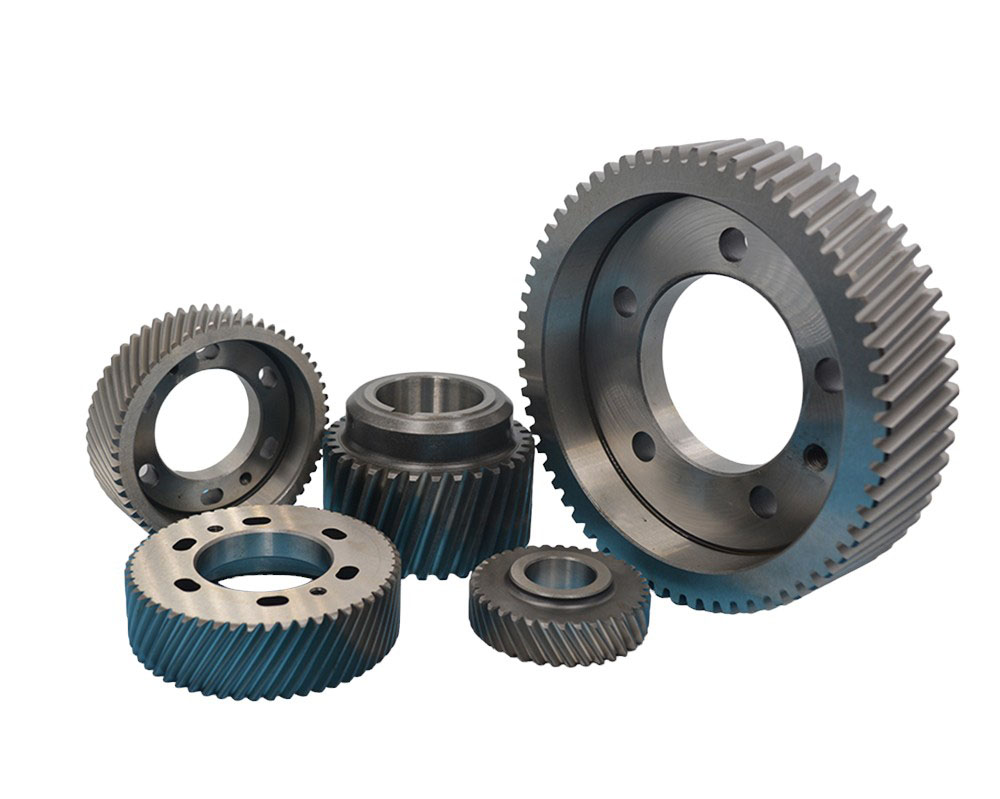
Carburizing is a heat treatment process used to enhance the surface hardness of steel and iron components. The process begins by heating the metal to a high temperature, typically between 850°C and 950°C, in a carbon-rich environment.
This environment can be created using gas, liquid, or solid carbon sources. As the metal is heated, carbon atoms diffuse into the surface, increasing its carbon content.
After sufficient carbon penetration, the component is rapidly cooled or quenched, locking the carbon in place and creating a hard, wear-resistant outer layer while maintaining a tough, ductile core.This dual-phase structure improves durability and performance.

Maintaining precise temperatures (typically 850°C to 950°C) is crucial for effective carbon diffusion and achieving the desired case depth and hardness.
Regulating the carbon content in the carburizing atmosphere ensures consistent carbon uptake by the metal surface, affecting the final hardness and wear resistance.
The duration of exposure to the carburizing environment determines the depth of carbon penetration. Longer times increase case depth but must be balanced to avoid excessive grain growth.
The base material's composition affects its response to carburizing. Alloying elements like chromium, molybdenum, and nickel can influence hardenability and case depth.

The cooling rate after carburizing impacts the hardness and microstructure of the case. Proper quenching media (oil, water, or air) should be selected based on the desired properties.

Maintaining a controlled atmosphere prevents oxidation and decarburization, ensuring the surface quality and integrity of the carburized layer.
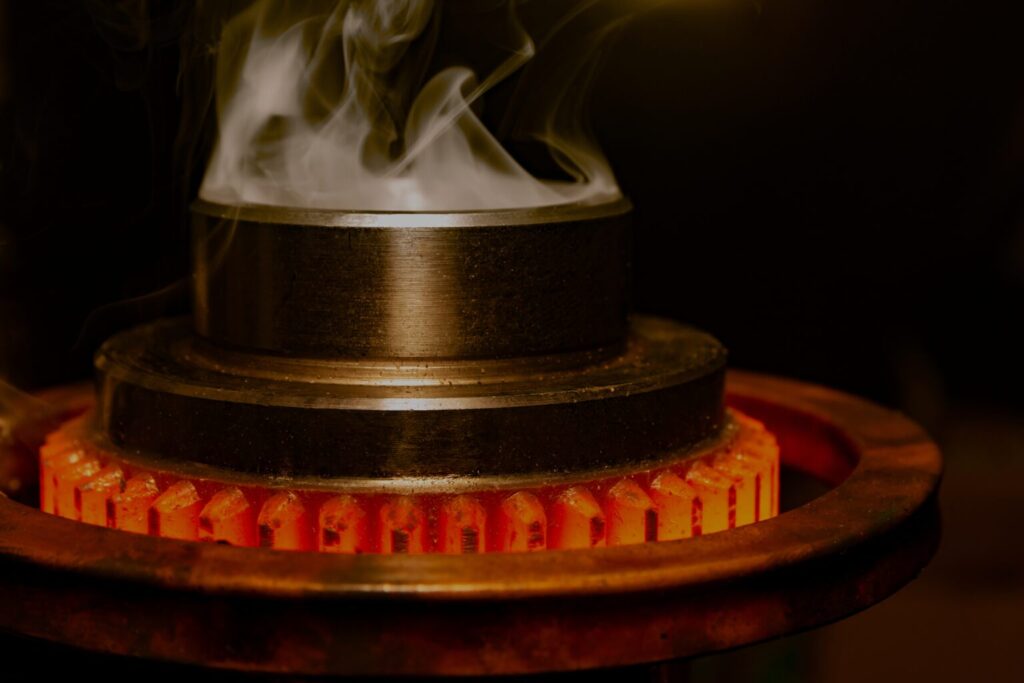
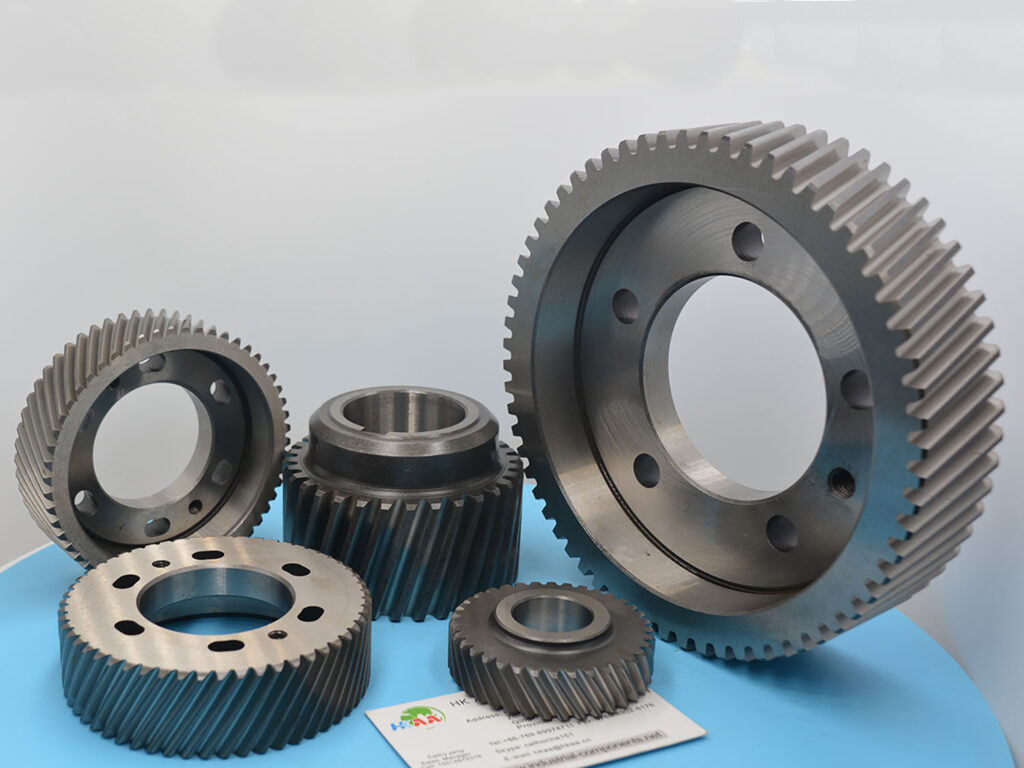
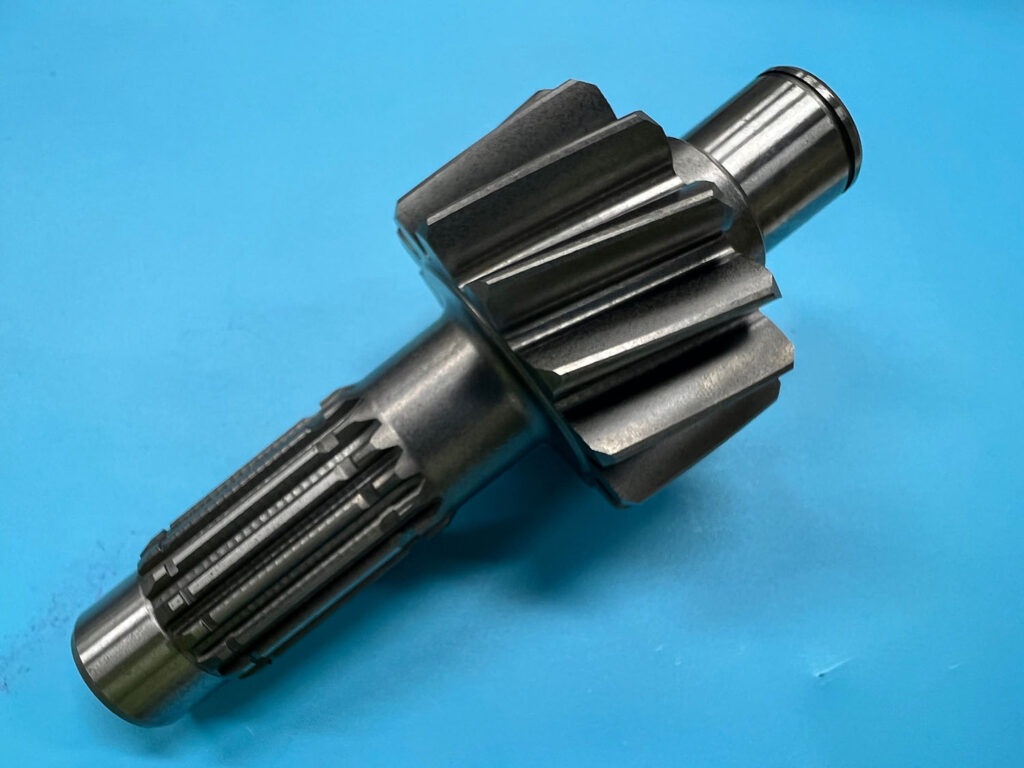

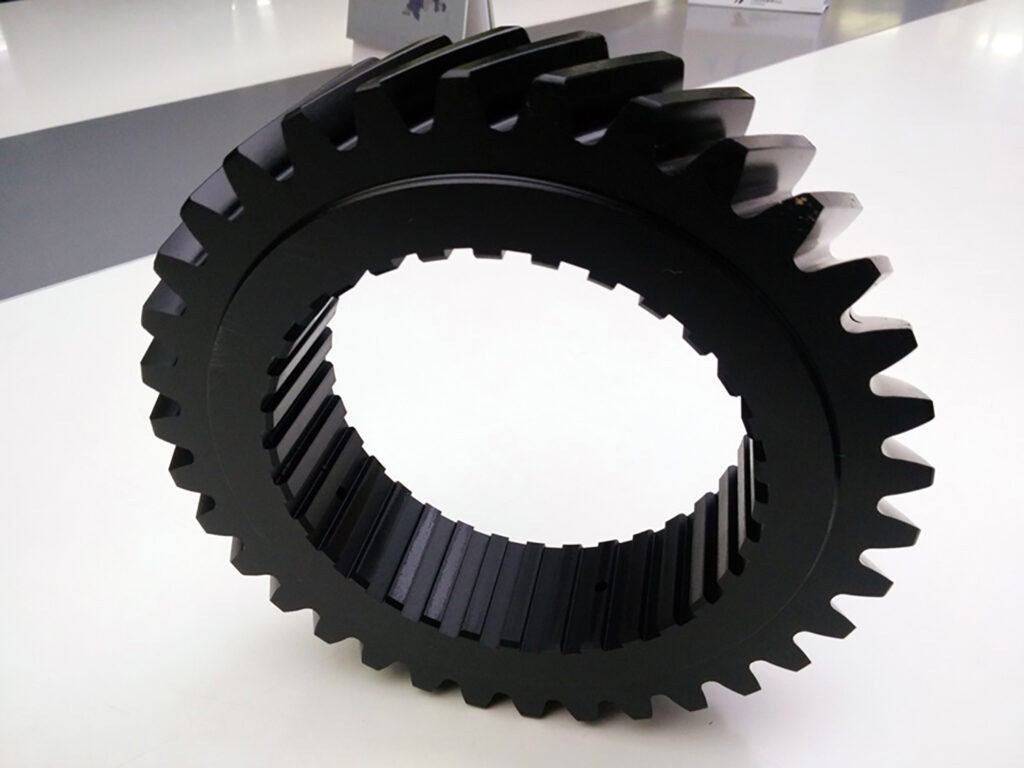
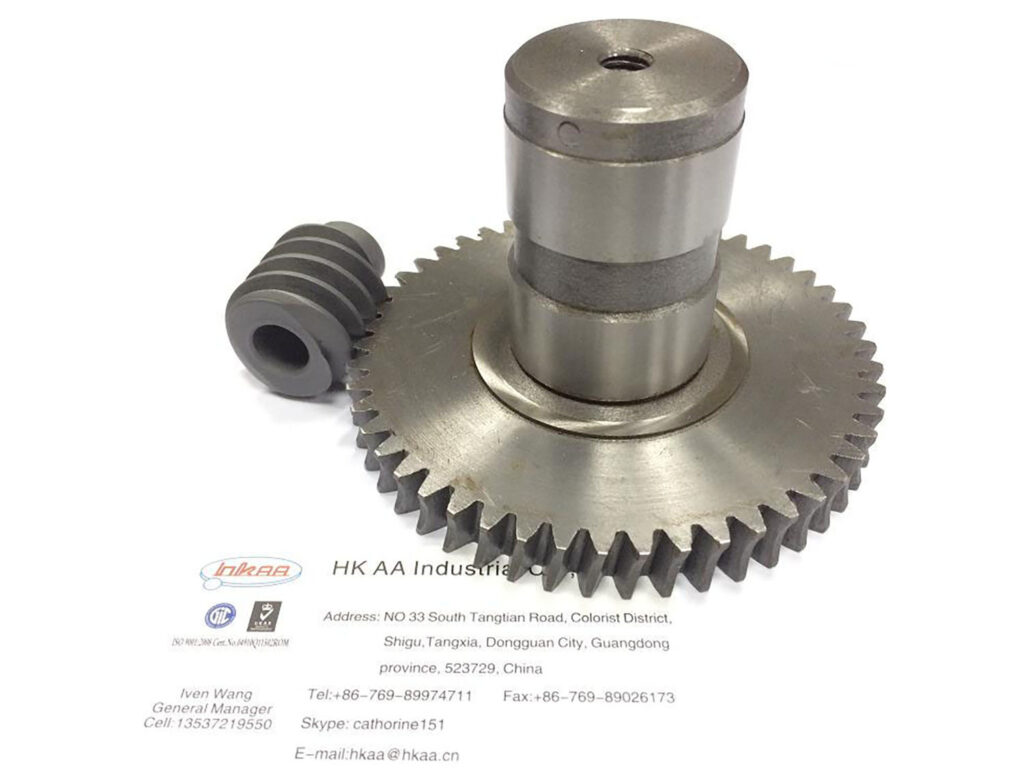
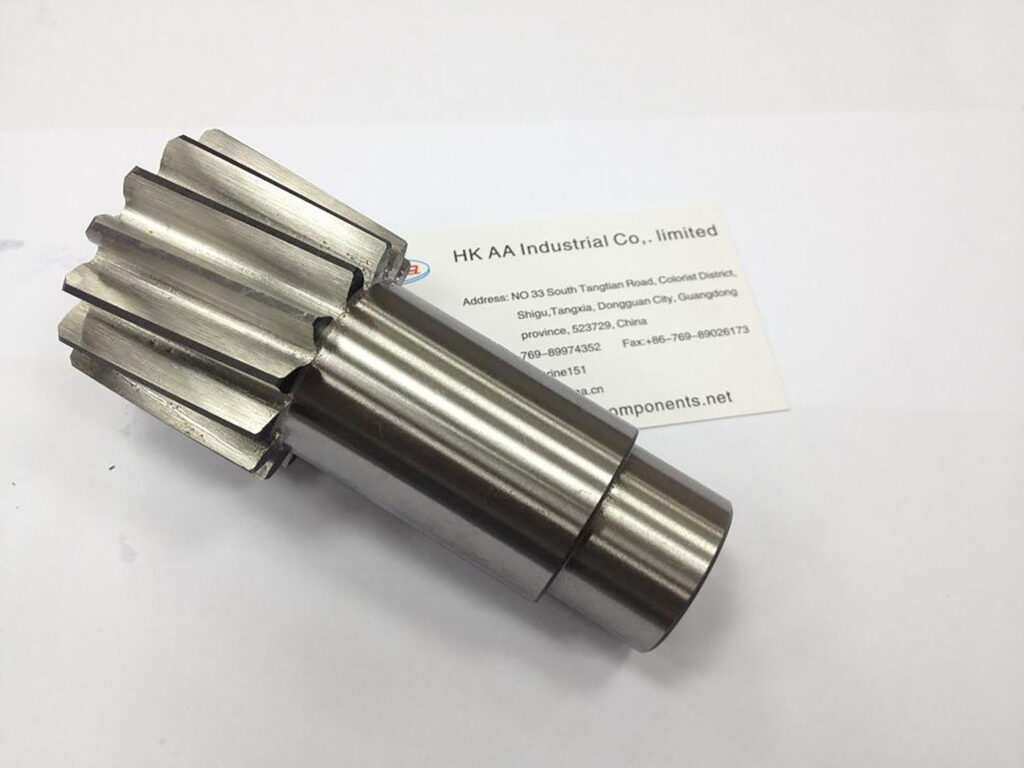
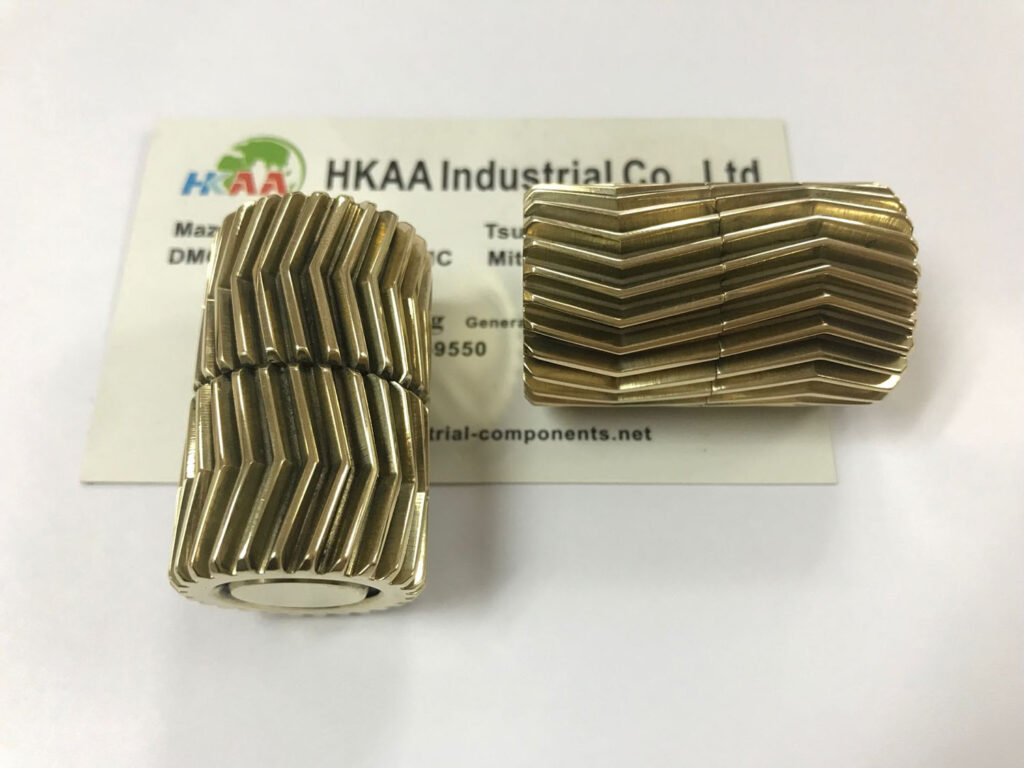
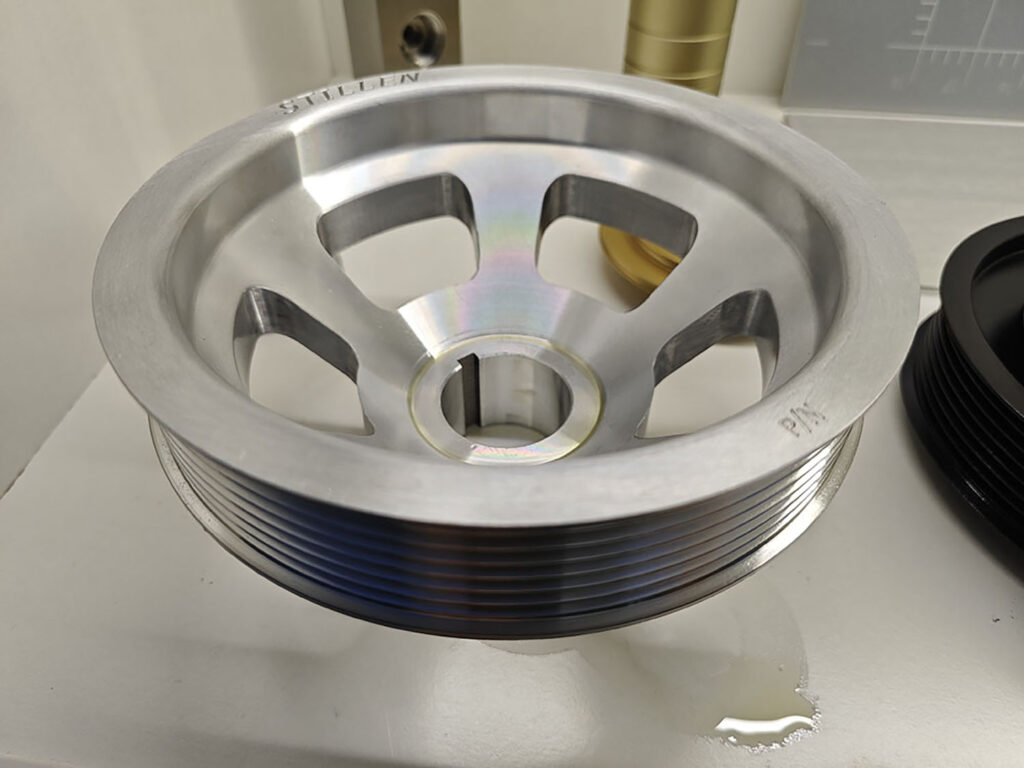
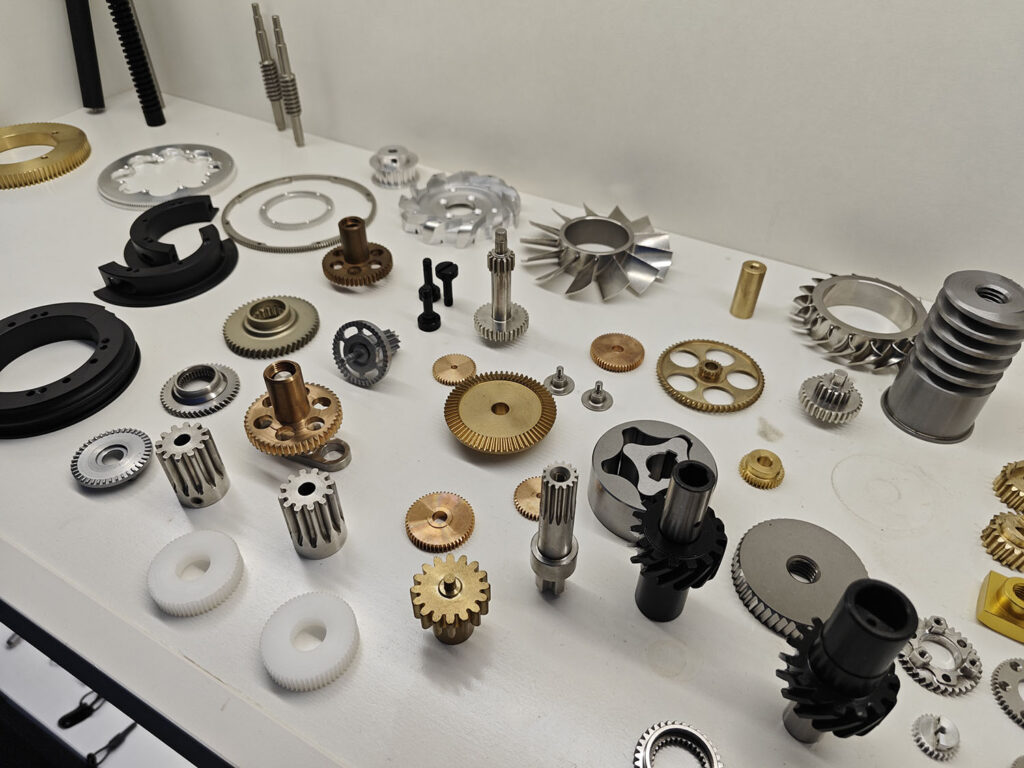
Without heat treating metal, especially steel, metal parts for everything from airplanes to computers wouldn’t function properly, or might not even exist in the first place. Non-ferrous metal parts in particular would be much weaker. Aluminum and titanium alloys, as well as bronze and brass, are all strengthened through heat treatment. Many of these metals are used in the production of cars, airplanes, and other products that rely on strong metals not only for performance but for safety as well.
Because heat-treated metals are often stronger than non-heat treated metals, treating metal pieces upfront prevents corrosion, which won’t result in the replacement of expensive metal parts later on or as frequently. This causes machines to run more cheaply and efficiently and prevents problems.
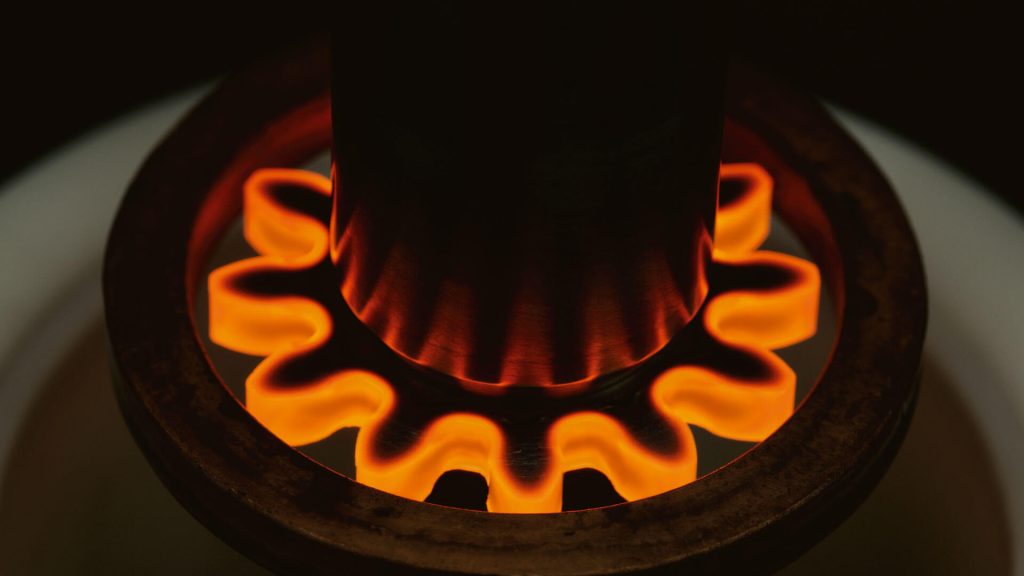
Rust Our One-Stop Finishing Excellence
HKAA-Machining’s industry-leading expertise ensures unrivaled quality and convenience with our comprehensive, one-stop finishing services
Powder coating is a dry finishing process, using finely ground particles of pigment and resin electrostatically charged and sprayed onto surfaces. Cured under heat, it creates a durable, uniform, and attractive finish, popular for its environmental and performance benefits.
Black oxide, a conversion coating in surface finishing, chemically forms a protective black layer on metals, primarily ferrous alloys. It enhances corrosion resistance, reduces light reflection, and adds decorative appeal. Applied through hot or cold processes, the finish is often sealed with wax or oil to boost durability and protection.
Chromate conversion coating, often known as Alodine or Chemfilm, is a surface treatment for aluminum and its alloys. It forms a thin, protective chromate layer, enhancing corrosion resistance, promoting paint adhesion, and providing electrical conductivity. Commonly used in aerospace and automotive industries, it offers a decorative finish with minimal dimensional change.
DLC (Diamond-Like Carbon) coating is a nanocomposite finish that imparts a hard, wear-resistant surface to materials. Mimicking properties of natural diamond, it offers exceptional lubricity, corrosion resistance, and a reduced friction coefficient, making it ideal for automotive, tools, and precision components.
Brushing in surface finishing uses abrasive brushes to create fine, consistent lines on metal surfaces. This mechanical process enhances appearance, masks defects, and prepares surfaces for coatings. Offering various textures, from short to long grains, brushing ensures aesthetic refinement for various applications.
Titanium anodizing is a surface finishing process that modifies the oxide layer on titanium components. Enhancing corrosion resistance and biocompatibility, it also adds vibrant, interference-based colors without dyes or pigments. Popular in medical devices and aerospace, it combines aesthetics with functional benefits.
Passivation is a surface finishing process that treats stainless steel with a mild oxidant, removing iron contaminants and enhancing its natural oxide layer. This strengthens corrosion resistance and prevents unwanted reactions in environments like the medical, food, and aerospace industries.